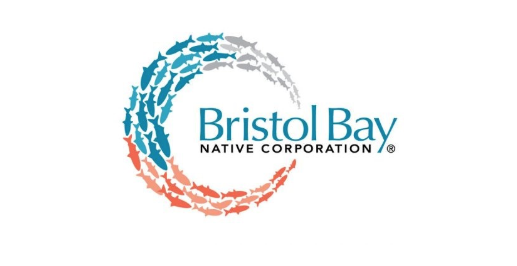Editor’s note: Building off the success of last year’s Native Odyssey campaign, Trout Unlimited sent four of our brightest college club leaders in the TU Costa 5 Rivers Program to explore the home of the world’s largest runs of wild salmon: Alaska. These students are exploring the Kenai Peninsula, Bristol Bay and the Tongass National Forest in pursuit of the five species of Pacific salmon and other native salmonids that call Alaska home. In partnership with Costa Sunglasses, Simms Fishing Products, the U.S. Forest Service, Fishpond USA, and Orvis, these students will seek to unearth, document, and share the challenges facing the largest salmon fisheries in the world.
The Native Odyssey team got a history lesson this last week in Bristol Bay. Here goes.
In 1867, during the Andrew Johnson administration and the rule of Tsar Alexander the II of the Russian empire, the United States purchased what is now known as the state of Alaska from Russia for total of $7.2 million. Though globally this was viewed as progress, to the local natives it meant their lands would be encroached upon by a new nation. For the United States, it may have been its best investment. Ever.
In 1971, during the Nixon administration, The Alaskan Native Claims Settlement Act, spearheaded by U.S. Sen. Mike Gravel of Alaska, was signed into law and with it a new domestic oil industry was born. This broght about The Trans America Pipeline System, one of Alaska’s greatest assets. With the revenue generation, rights came into question. This led to a definition for native land patents and the establishment of the native corporations creating 12 land-based corporations. Native corporations are holding companies that invest in municipal and utility subsidiaries set up with a share system for members of their respective corporations. In order to possess shares, one must have been granted shares upon the formation of the native corporation or gifted shares by a family member. Each native corporation is a for-profit company that pays dividends out to the shareholders.
In the case of the Bristol Bay Native Corporation, dividends are paid out quarterly. Above and beyond capital investment, the native corporations serve the native community connecting shareholders with conservation efforts, heritage lessons, access to scholarships and assistance with employment opportunities.
Daniel Cheyette, the BBNC’s esquire, hosted a presentation for the Native Odyssey team that was originally composed for a student research group from Brown University. Dan advised about the importance of BBNC to the community structure and that diversification is the focus. This can be seen in the investment BBNC has made into guiding, outfitting lodges and air transportation.
We then heard from Chad, a native intern working at BBNC, who is also a shareholder and student at The University of Alaska Anchorage. Recently, he has been working on transferring land patent data into Esrie Arc GIS maps. We also talked to Casey Sifsof, a shareholder at BBNC currently directing the Bristol Bay Native Place Names project which tells the unique stories of their community members. We were grateful for the opportunity and extend our thanks to Nelli Williams of Trout Unlimited Alaska for coordinating the meeting.
As an aside, when polled, 80 percent of the BBNC shareholders opposed the proposed Pebble Mine. And, as well all know, most of America does, too.
— Mac Kessler



